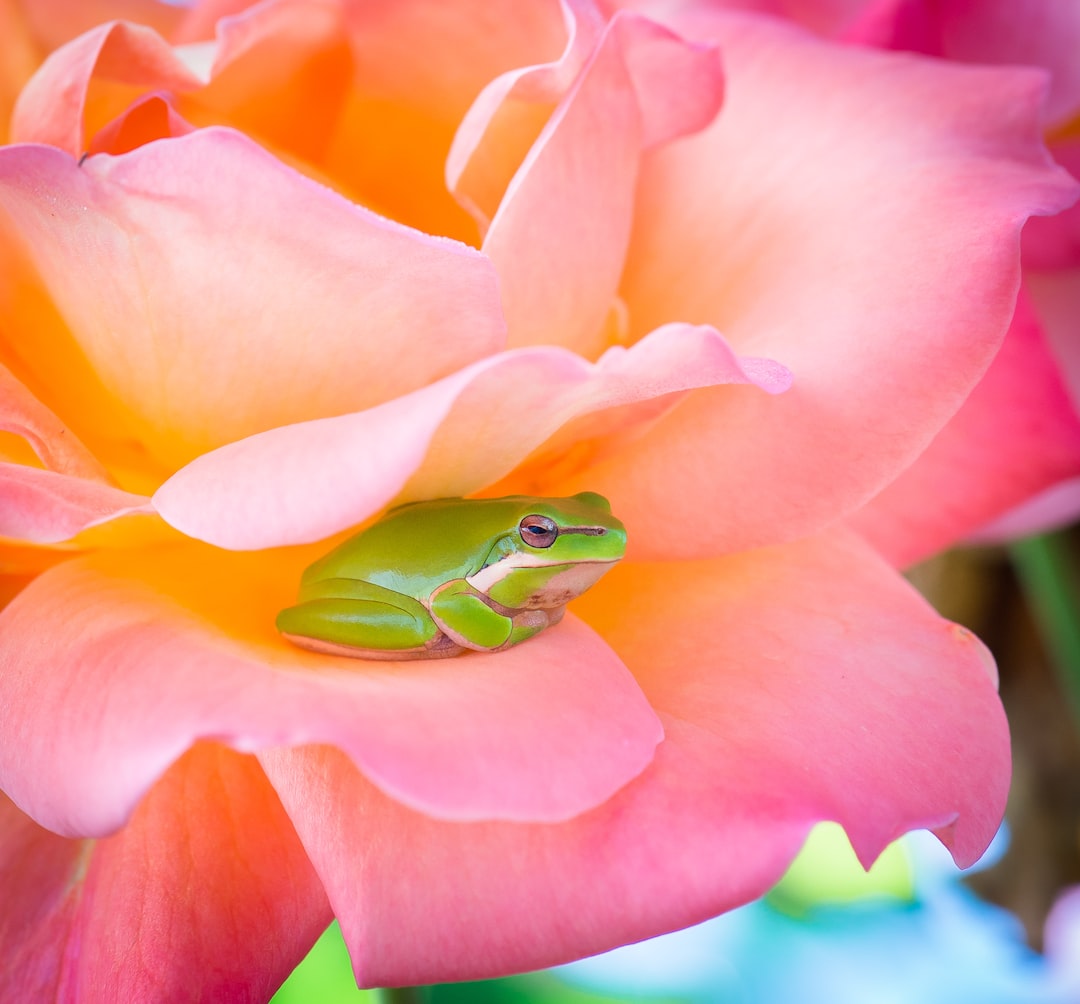The Secrets of Animal Camouflage: How They Blend into Their Surroundings
Nature is full of wonders that continue to astonish us, and one of the most captivating natural phenomena is the ability of animals to camouflage themselves seamlessly into their surroundings. Whether it’s a chameleon perfectly matching the color of a leaf or a polar bear effortlessly blending into the snow, these masters of disguise possess remarkable skills that have evolved over millions of years.
Camouflage is a vital survival strategy used by countless species around the world. By blending in with their environment, animals can hide from predators, stalk their prey more effectively, or simply go unnoticed. This invisible shield is achieved through a combination of color, pattern, and texture that closely resembles their surroundings.
The first step in understanding animal camouflage is recognizing the incredible diversity of techniques employed. Many animals possess the ability to change their color, like chameleons and squids, based on the surroundings and their mood. Their skin contains specialized cells called chromatophores, which expand or contract to reveal different pigments. This allows them to match even the most minute changes in their environment, becoming virtually invisible.
Another tactic utilized by camouflage experts is disruptive coloration. This strategy relies on the use of bold patterns or markings to break up the outline of an animal’s body, making it harder for predators to detect them. The zebra, for example, may appear as a blurred mass of stripes when viewed from a distance, confusing predators and blending into the herd. Similarly, the jaguar’s rosette-like spots help it blend seamlessly into the dappled sunlight of its forest habitat.
Pattern blending is another technique employed by animals to disguise themselves. By mimicking the patterns found in their surroundings, animals can appear almost invisible. This is seen in certain butterflies that have intricate wing patterns resembling foliage or tree bark, making it nearly impossible for predators to spot them when at rest.
Textural camouflage is yet another impressive method used by animals to blend in. By having skin or fur that matches the texture of their habitat, they can avoid suspicion even when under close scrutiny. For instance, polar bears have thick, white fur that helps them blend into the snowy landscape, while leaf insects have intricate patterns on their body that matches the veins of leaves, rendering them nearly undetectable.
In addition to color and pattern, some animals also make use of behavioral camouflage. This involves not only looking like their surroundings but acting like them as well. The walking stick, for instance, not only resembles a thin twig but also sways back and forth as if being swayed by the wind, further enhancing its deceptive disguise. This behavioral mimicry allows animals to blend in seamlessly, increasing their chances of survival.
Furthermore, evolution has also shaped the way predators and prey interact through camouflage. While predators have developed a keen eye for spotting their prey, the prey has evolved to be masters of disguise. This constant arms race has pushed both sides to greater levels of expertise in the art of camouflage, resulting in breathtaking examples found across the animal kingdom.
However, the secrets of animal camouflage are not limited to land-dwelling creatures. Marine animals also excel in blending with their surroundings. Octopuses can change not only their color but also their body shape and texture, allowing them to camouflage themselves amidst coral reefs or sandy ocean floors. The ability to blend seamlessly into their surroundings gives these intelligent creatures an advantage when hunting or escaping from predators.
In conclusion, animal camouflage is a mesmerizing adaptation that has evolved through centuries of natural selection. From the intricate patterns of butterflies to the transformative abilities of octopuses, the animal kingdom boasts an array of stunning examples of camouflage techniques. By blending into their surroundings, these animals increase their chances of survival and continue to awe us with their ability to disappear before our very eyes. Truly, the secrets of animal camouflage reveal the marvels of nature and help us appreciate the incredible diversity of life on Earth.


